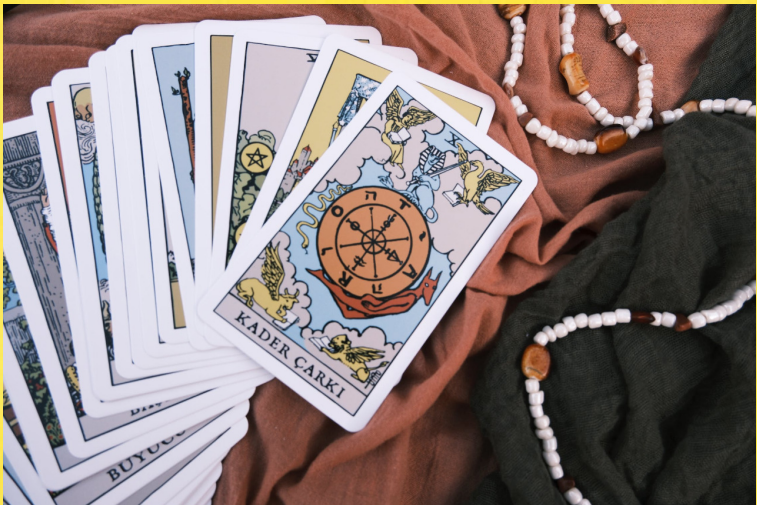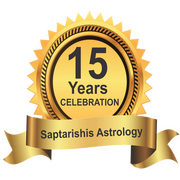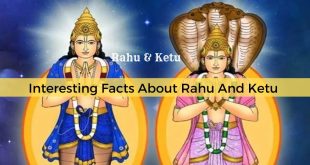Related Articles
Author : Rachana Agarwal
Editor : Ricardo Ribeiro
Did I have a direct way into tarot reading? No, it wasn’t! Slowly and steadily, it attracted me, and I paved my way into this distinguished divination technique.
The journey of tarot cards is no less a roller coaster. From a medium of entertainment and exchange to a powerful tool of future insight fulness, tarot cards have survived and resurfaced as an active occult practice tool. Today, tarot cards bestow a mystical means of dimensional experience with infinite potential to configure the worldly call.
A Brief History
Tarot is a fantastic divinity tool that has varied origin stories. Some say it started with Egyptians, who used it as significant symbols at temples, given by the God Thoth. Initially lost, these cards and symbols were rediscovered in the fifteenth century by gypsies from Europe who turned each symbol or card in exchange for silver. The Duke of Milan is credited with mentioning tarot as playing cards to play the game of ‘Tarocchi,’ a popular bridge-like game among elites of Italy. Who knows, the story might go way further than that. Over time, Tarocchi became Tarot and reached even further to France in a refined form. The emperor of France was obsessed with magic and supernatural fantasies, and the cards were used to invoke mystical and psychic abilities. Modern tarot readers follow ‘The Rider-Waite’ deck as the bible of modern styled decks. In 1909, British occultists Arthur Waite and Pamela Colman Smith revived and gave a new life to the existing deck and its imagery. A.E. Waite has designed colourful cards with exclusive symbols that gained popularity and were available to anyone who wished to explore their occult attachment. In collaboration with Coleman, Waite illustrated each card inspired by the Sola Busca, one of the earliest known tarot cards, to design new cards.
Interestingly, these cards reflect a strong Kabbalistic symbolism as well. The artwork of the original deck is still an inspiration for many iterations. Some references show that tarot might have been connected with China or India earlier.
Selecting a Tarot Deck
The first step to start with tarot practice is to procure a deck that speaks to you. Are you attracted to the scenic imagery of the modern and contemporary feel, or is the charm of one of the oldest in existence, the Tarot de Marseilles deck, irresistible to you? Should you go with the Rider Waite deck, the first commercial tarot deck, as the bible of all modern decks? Whatever your choice, a perfect deck should imbibe a deep or mirror connection. Many tarot readers recommend a long-held myth of not buying their decks, which is said to bring bad
luck.

Tarot Cards: The Basics
A tarot deck consists of 78 cards, including two broad sets of cards; major arcana and minor arcana. Out of these, 22 cards represent major arcana that focuses on broad life changes, whereas the remaining 56 cards are Minor Arcana that carry the energies of four suits of nature; Wands (The fire element), Swords (the Air element), Cups (The Water element), and Pentacles (The Earth or Physical world). These cards are usually numbered from 1 to 10 and followed by court cards Page, Knight, Queen, and Kind subsequently
The Elements of a Tarot Card Deck
Wands – It represents passion, the energy of movement, new beginnings, and growth. It is the fire element that advocates ideas and revolution. They deliver strong messages and mainly reflect upon a career or a sense of purpose in the world.
Swords – It represents internal conflicts, mental processes, issues, learning, and logic & intelligence of life. It deals with the mind and the thoughts while measuring your capabilities to deal with problems through planning and ideating aggressively. The air element helps in seeking appropriate resolution for a measured action and reaction to every situation.
Cups – The suit of Cups represents the water element, i.e., the emotions, feelings, intuition, relationships, subconscious and psychic abilities. It helps understand the inner expression, responses, reactions, and happiness from within. Cups also indicate creative, empathic, and softer dimensions of a native’s personality.
Pentacles – The suit of pentacles represents their passive, earthy, stable, and usable energy. All the material and physical experiences that deal with money and career are associated with pentacles. They are more strong and dependable people, often involved in various trades.
How does Tarot Work?
For beginners, tarot cards are a medium to know the future. But how do they work? The cards serve as elemental and gravitational cores of defined meanings for questions and queries. Colourful, attractive, and meaningful cards are spread to knit a story that helps you unwind your imagination, attitude, and understanding to select therapeutical assistance. Many tarot readers claim that tarot cards serve as a medium to interpret their intuition and inner conciseness and awareness effectively to channel personalized messages for a querent (the one asking the question) by the reader ( the one getting the answers for the other). The mesmerizing scenic imagery on the cards allows the spiritually tuned and awakened mind to make meaningful and potential messages to manifest future goals and desires.
Rituals
Tarot cards are insightful divine connections; hence, how you treat them will greatly impact your life. Through a daily routine and ritual ceremony, readers create a sense of minor understanding, consistency, and soulfulness into the cards. A proper routine and ritual help get over the hues of negativity, sudden emotions, and disruptions while connecting with the universal energies. Tarot requires an amalgamation of a healthy mind, body, and spirit to reach the zenith of spiritual connection with nature. Therefore, a daily dose of yoga, meditation, prayers, and exercises ignite positivity in a reader. However, how you treat your cards is a matter of prime importance for readers. As tarot cards are the instrument for insightfulness and understanding the patterns beyond, keeping the decks neat and wrapped in silk or woollen clothes is recommended. Using good quality sage or aromatic candles is recommended to create a suitable environment for a perfect reading session. Above all, making a journal to record daily messages will help you understand the patterns and their treatment seriously.
Can Tarot Cards Tell the Future?
A tarot card is a defined medium for mapping out futuristic trends. It is more of a guidance that ensures definitive answers to the events that might occur in the future based on the current actions. For instance, if the card shows you are feeling gloomy and keeping yourself away from your loved ones, you will likely remain unhappy. It also reflects upon the current hindrances or obstacles that need to be cleared to stop similar experiences in any endeavour of your life.
Should You Try Tarot Cards?
Some people are still determining if they should use tarot to know their future, as the decks carry negative cards like the devil. Tarot has an unspoken language; it is beyond the words describing it. It is like channelizing the spiritual message through the outer negative energy. Readers use the cards to see within to provide more clarity and meaning to the events/situations. So, if you’re considering visiting a tarot reader, ask yourself if you trust the universal energized way of reading your future. Are you comfortable uncovering the secrets of symbols, words, elements, and more that came just for you? The success of tarot lies in how you can practically connect with cards.
Summing Up
Tarot cards are increasingly popular worldwide due to their flexible approach, practical guidance, and future insightfulness. This mesmerizing divination technique allows readers to see beyond the unseen for seekers looking for better clarity, results, and outcomes.
Learn Astrology: Join Our Upcoming Astrology Classes — Click Here
Learn Astrology: Join Our Recorded Astrology Classes — Click Here
 Saptarishis Astrology Magazine Into Creating Astrologers
Saptarishis Astrology Magazine Into Creating Astrologers






